
- Index
- Department
- Main Stone
- Metal
- Ring Size
- Set Includes
- Type
- Action Figure (78)
- Badges (13)
- Binoculars (32)
- Boot (11)
- Coat (87)
- Equipment (11)
- Field Gear (160)
- Hat / Cap (51)
- Helmet (19)
- Jacket (101)
- Medals & Ribbons (11)
- Personal Gear (73)
- Pocket Watch (11)
- Ring (21)
- Soldier (16)
- Tactical Sling (26)
- Tank (37)
- Uniform (42)
- Uniform / Clothing (119)
- Wristwatch (110)
- Other (2793)
WWII 1942 German Army Medium Bomber He-111k Heinkel W. E. F. T. U. P. ID Poster
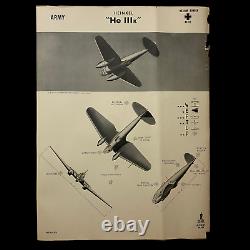
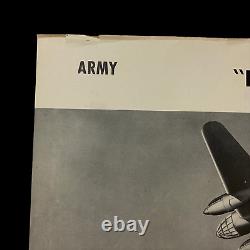
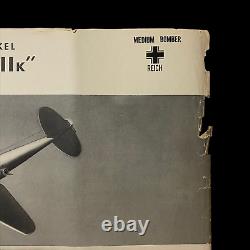
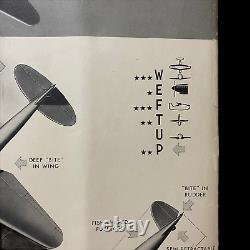
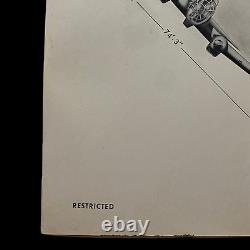
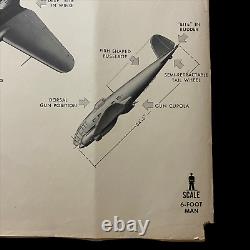



Size: 19 x 25 inches. This original'RESTRICTED' aircraft identification poster was published by the U. Naval Aviation Training Division November 1942. This poster was posted as a training tool as well as an in theater ID poster to help U. And other Allied pilots, bomber crews and Naval personal to identify Allied and enemy aircraft. Or Wing, Engine, Fuselage, Tail, Undercarriage, Peculiarities was a system set up for the purpose of aircraft identification and recognition. World War II saw some of the first introduction of these aircraft ID poster to prevent friendly fire and more accurate plane recognition in combat. It was believed these posters alone could save countless lives from friendly aircraft-on-aircraft or friendly anit-aircraft fire.
These posters also could cut down precious second pilots, bomber gunners, and naval gun crews would have to ID a plane flying towards them intern saving their lives by shooting first. Each poster provides the silhouettes, dimensions, and relevant information to educate both air and ground personnel in aircraft identification. Immediate identification of aircraft, friendly or not, was essential in order for the observer whether in the air e. Pilot, gunner, or patrol observer, or on the ground, e. Anti-aircraft crew to determine his next course of action e.
Acknowledge, attack, evade, or report. Each poster details a large clean sky and background image of the specified aircraft located as the main top imagine on the poster. It also contains important'peculiarities' such as where certain gun emplacements are located, other special aircraft features, as well as wing and length measurements.
The Heinkel He 111 was a German bomber aircraft designed by Siegfried and Walter Günter at Heinkel Flugzeugwerke in 1934. Through development it was described as a "wolf in sheep's clothing". Due to restrictions placed on Germany after the First World War prohibiting bombers, it masqueraded as a civil airliner, although from conception the design was intended to provide the nascent Luftwaffe with a fast medium bomber. Perhaps the best-recognised German bomber due to the distinctive, extensively glazed "greenhouse" nose of later versions, the Heinkel He 111 was the most numerous Luftwaffe bomber during the early stages of World War II. The bomber fared well until the Battle of Britain, when its weak defensive armament was exposed.
Nevertheless, it proved capable of sustaining heavy damage and remaining airborne. As the war progressed, the He 111 was used in a wide variety of roles on every front in the European theatre. It was used as a strategic bomber during the Battle of Britain, a torpedo bomber in the Atlantic and Arctic, and a medium bomber and a transport aircraft on the Western, Eastern, Mediterranean, Middle Eastern, and North African Front theatres. The He 111 was constantly upgraded and modified, but became obsolete during the latter part of the war.
The German Bomber B project was not realised, which forced the Luftwaffe to continue operating the He 111 in combat roles until the end of the war. Manufacture of the He 111 ceased in September 1944, at which point piston-engine bomber production was largely halted in favour of fighter aircraft. With the German bomber force virtually defunct, the He 111 was used for logistics.

